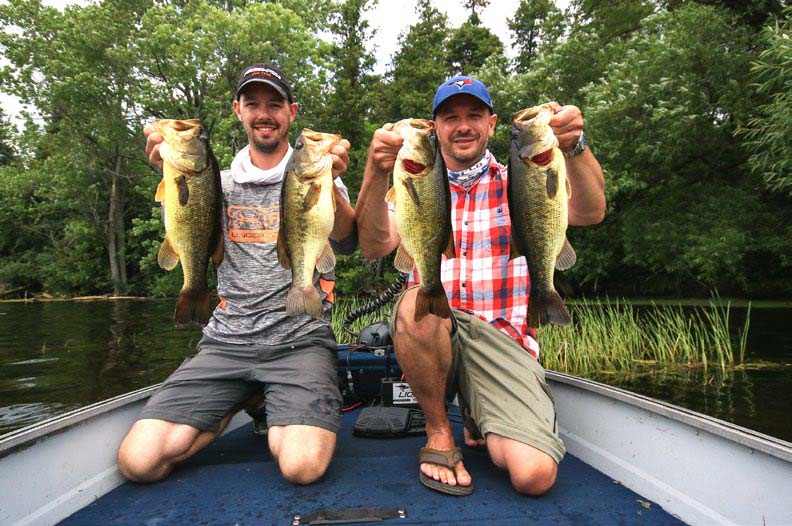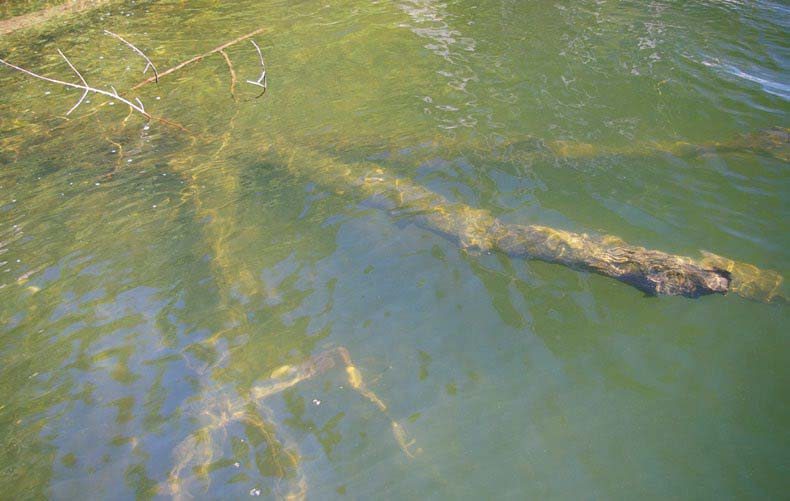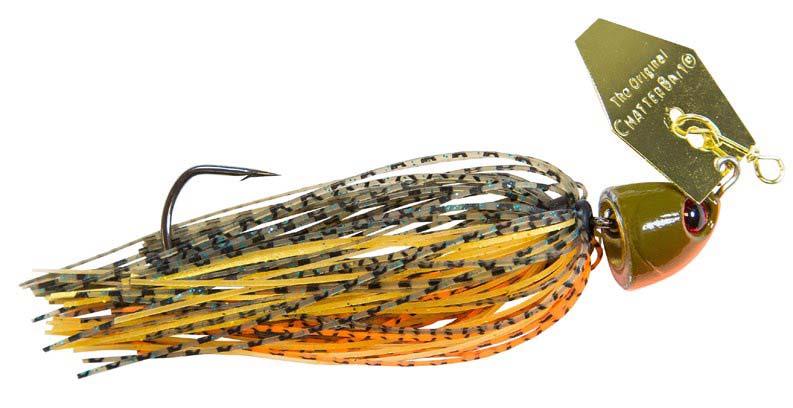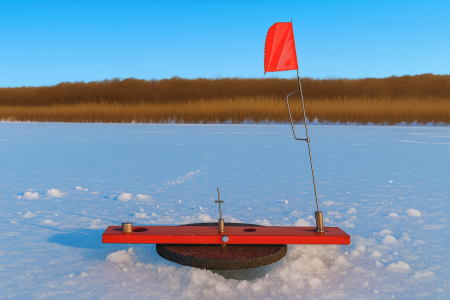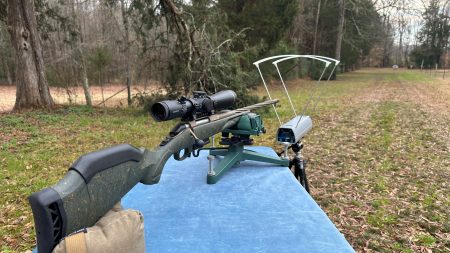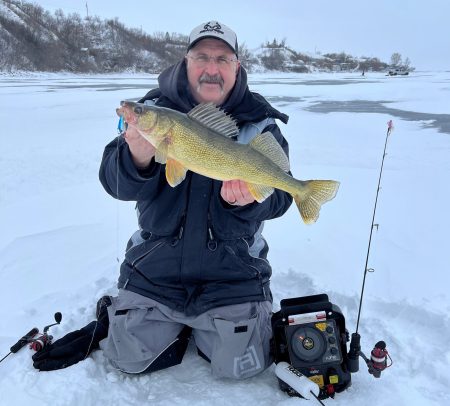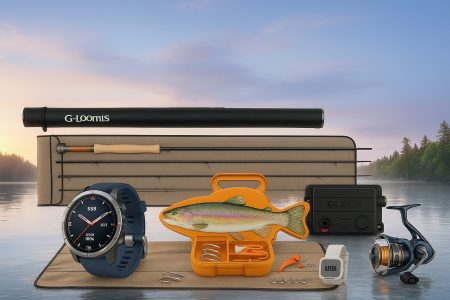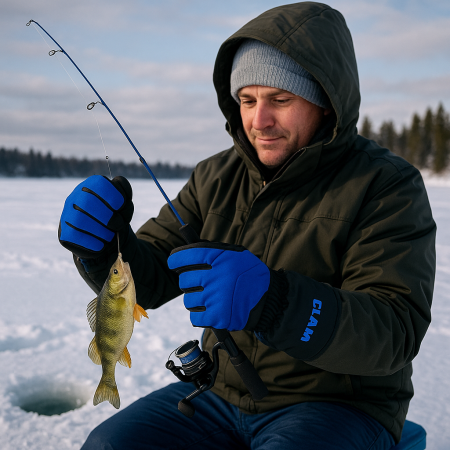When it comes to baits at our disposal, bass anglers have it pretty good. Tackle store shelves are laden with lures in every style and shape imaginable, but can often hook the shopper more easily than the fish.
Bladed jigs, although not new to the scene, are a tremendous asset to the largemouth aficionado. An simple bait to toss and work, these vibrating wonders will chatter up a storm that fish find hard to resist – and rightfully deserve a spot in every anglers tackle tray.
The Bare Facts
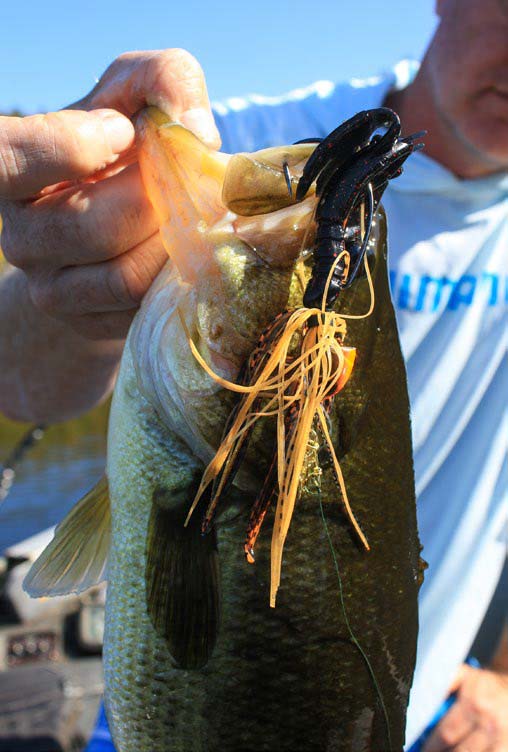
Over the years many companies have followed suit, creating their own bladed jig bait with signature innovations and refinements. Although technically bladed jigs by name, many anglers still group them all together under the ChatterBait moniker.
Why They Work
I’ll be the first to admit that I was a late bloomer to the bladed jig bonanza. Although I used them sporadically over the last decade or so, it’s in the last few years that I’ve recognized their true potential and reaped the rewards.
I liken the bladed jig to a spinnerbait, but only better. Falling into the category of a ‘chuck and wind’ lure, these baits can cover a lot of water efficiently, making them a perfect choice for locating fish. They produce sound and flash, two key components that fish tune in to. Add in an interchangeable profile, consisting of a skirt and trailer, and this bait has all of the attractive attributes that a largemouth finds hard to turn a nose up at.
Depending on the weight of the jig, as well as blade size and design, these baits can be fished both shallow and deep, allowing an angler to cover various depths in the water column. And although not as weedless as a spinnerbait when it comes to vegetation, they do an admirable job resisting snags when working wood and other cover.
Where To Toss Them
The bladed jig has been designed to be cast almost anywhere. Think of these lures as a cross between a crankbait, spinnerbait, and swim jig, and you’ll understand why they are so adaptable.
Large expansive flats are conducive to bladed jigs. As previously mentioned, they work well as a search bait and allow you to cover a lot of water fairly quickly. I particularly love working these baits over the tops of submerged grass beds.
Other areas to target would be shallow water wood cover, alongside docks, and parallel to weedlines or over humps. A simple switch to a heavier jig will allow you to stay in the strike zone while working deeper water.
Both clear and stained water conditions can be tackled with a bladed jig due to the sound and flash characteristics they possess.
A steady retrieve, similar in speed to how you would fish a crankbait, seems to produce best for when working these lures. You want to feel the vibrations from the blade transmitted through the rod tip. This not only lets you know that you have the cadence down pat, but will also alert you if the bait gets fouled by weeds.
Largemouth bass aren’t shy when striking a bladed jig, often hitting them with a fair bit of ferocity. A sweeping hookset works best for making sure fish don’t come unbuttoned.
Size Matters
Various weights of bladed jigs are available to anglers. A half-ounce model is the most popular, and this size will allow you to work various conditions and water depths.
For super skinny water, a switch to a 3/8 ounce bait gets the nod, as this lighter-weight version will ride higher in the water column. For dragging in deep water, move up to a 3/4 or 1 ounce size.
The size and style of blade will also impact movement and depth. Grab a handful from various manufacturers and do your own on-the-water tests to narrow down your favourites.
Trailer Tutelage
What you thread on the back end of the jig can help elicit more strikes. After testing various plastics, my go-to favourite most days is a soft plastic swimbait – specifically the Berkley Grass Pig and Berkley PowerBait Power Swimmer. Both plastics showcase a meaty baitfish profile, with a pulsing boot tail that works perfectly with the speed these bladed jigs are retrieved. The available colours also provide added flash and realism to the overall package.
Saying that, a good buddy of mine swears by a craw trailer, and his catch rate certainly prove that it’s a good choice.
Go with a trailer you have confidence in, one that stands up to the rigours of fish strikes, and works best in the various conditions you face with the water you fish.
It should be mentioned that skirt and trailer colours are something to consider. I will often match the hatch, choosing a jig and trailer combination that mimics the known prey or bait fish present. Common colours for me are bluegill, green pumpkin, brown, black and blue, and all white. Water clarity also comes into play here, and I lean towards solid dark hues the more stained the water I am fishing is. I almost always use a plastic trailer that is similar or complimentary in colour to the jig skirt. Just personal preference.
Gear Guide
I prefer a medium-heavy baitcast stick for tossing bladed jigs, and a length of 7’3” seems to work best. Couple that up with a 7.1:1 gear ratio reel spooled with 50lb test braid. A simple set up but an effective one.
Give bladed jigs a go this season on your favourite largemouth lake. They work, and work well at that. Happy chattering.
By Justin Hoffman
Per our affiliate disclosure, we may earn revenue from the products available on this page. To learn more about how we test gear, click here.






